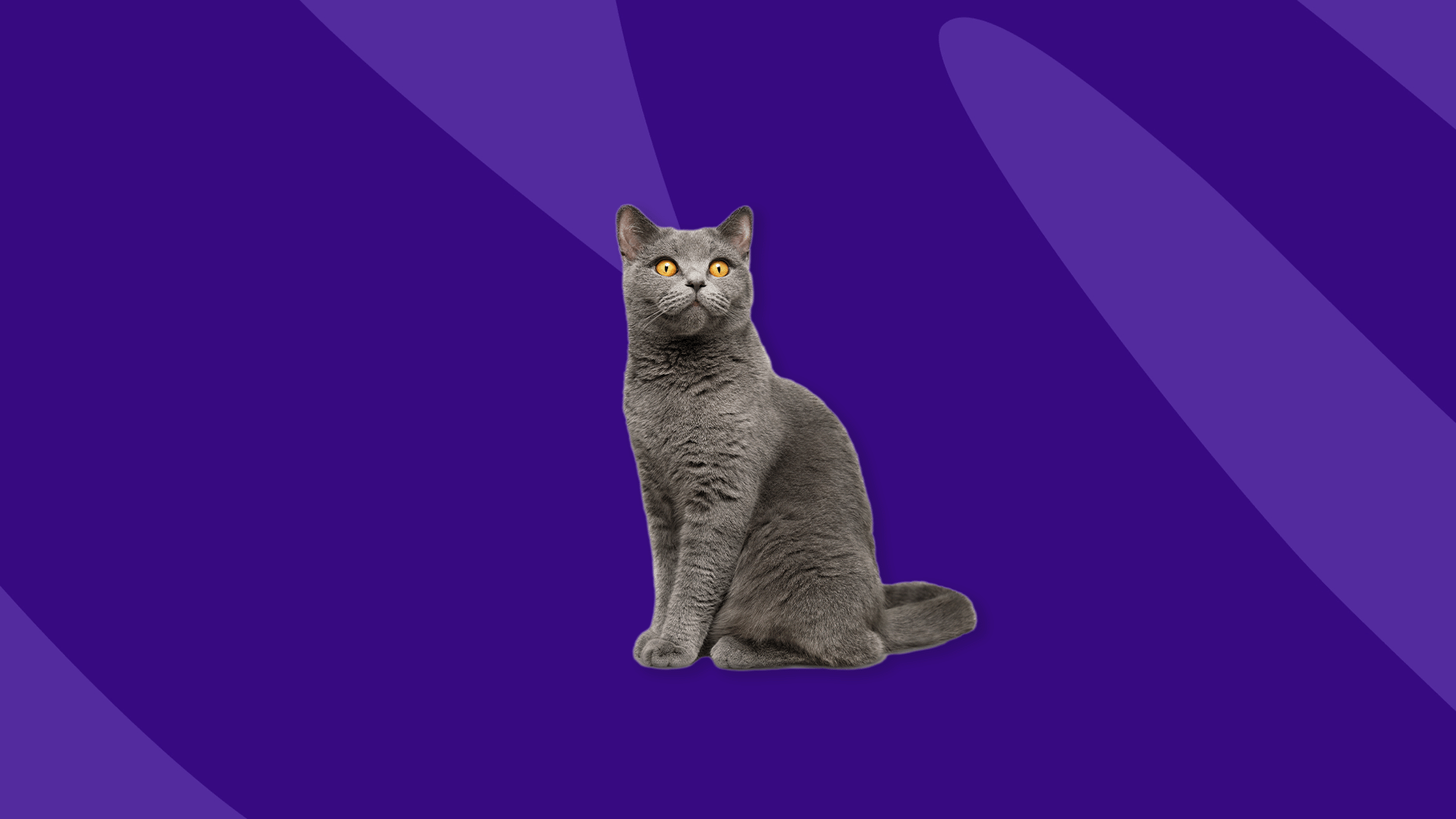Key takeaways
Male cats, certain breeds, and overweight cats have a higher risk of developing diabetes, with symptoms including increased appetite, weight loss, and increased thirst and urination.
Lantus (glargine) insulin, while originally prescribed for humans, is effectively used for managing diabetes in cats, requiring a veterinarian’s prescription and careful dosage monitoring.
Proper administration of Lantus is crucial, involving refrigeration, potential for injection site infection or irritation, and the need for twice-daily dosing to maintain effectiveness.
Despite its effectiveness, Lantus is one of the more expensive insulin options for cats, but coupons and price comparisons at different pharmacies may help manage costs.
Diabetes is one of the most common diseases in both humans and animals. If your pet is diagnosed with diabetes, you will need to keep a close eye on symptoms and medications. Properly managing your pet’s diabetes is an important part of making sure your cat lives the fullest, happiest life possible.
Diabetes in cats
In cats, there are several risk factors that may increase your feline’s likelihood of developing diabetes. Male cats are more likely to be diabetic, as are certain breeds, such as Maine Coon, Russian Blue, and Siamese in the U.S. Cats who are overweight or on certain medications for other health issues are more likely to have diabetes as a comorbidity as well.
Symptoms
The most common symptoms of diabetes in cats include:
- Increased appetite
- Weight loss
- Increased thirst
- Increased water consumption
- Increased urination, including accidents
- Limping on back legs or difficulty straightening back legs
Diagnosis
If you notice these symptoms, schedule an appointment with your veterinarian to diagnose and discuss next steps.
Up to 1% of cats have diabetes and both Type 1 and Type 2 diabetes require monitoring and treatment. There are many different medication options, one of which is Lantus (glargine) insulin, a drug prescribed for humans with diabetes that can also be prescribed for cats.
Read on to learn more about if this might be a good option for your diabetic cat.
Should I use Lantus insulin for cats?
Veterinarians prescribe Lantus insulin for cats based on a variety of factors. “Lantus is one of the more effective insulins used for diabetic cats,” says Megan Conrad, BVMS, a veterinarian with Hello Ralphie. Your pet’s doctor may do an exam and ask you some questions about your and your pet’s lifestyle to determine the right course of treatment.
“Lantus glargine insulin is intended for human use and is not labeled for cats,” says Jamie Whittenburg, DVM, veterinarian at Cat World and Director of Kingsgate Animal Hospital in Texas. “However, with a prescription from your veterinarian, it is safe for cats.”
That means that if you or a loved one takes Lantus, you cannot give your dose to your cat. You must get specific instructions on Lantus dosing for cats.
Considerations for using Lantus for cats
Although Lantus is shown to be very effective, there are several considerations to take into account before choosing it as the right drug for your pet.
Administration and dosage
Lantus is an injectable so you must be comfortable with that procedure. You may want your vet to demonstrate the proper administration prior to trying it yourself at home.
“If poor injection technique is used, there is a possibility for infection or irritation at the injection site,” Dr. Whittenburg says. “Owners should look for redness, swelling, or pain in the area of the injections.” Infections can become an emergency if not caught early.
Correct dosage is important and missing a dose can cause increased urination or excess thirst. Contact your veterinarian to discuss what to do if you miss a dose or come up with a plan for if this happens ahead of time.
How long does it last?
With most prescriptions, the dose begins working within one to two hours and lasts for 12 hours once your pet is on the right dose. Therefore, you will likely need to give your pet two doses a day. Depending on your pet’s needs, they may only need one dose a day.
However, Dr. Conrad explains that, as your pet is starting a new insulin regimen, they will need to have their glucose monitored closely, sometimes for a few weeks. However, she says that since Lantus is well-tolerated by cats, this process often goes quicker for cats than dogs on this medication.
Storage
Lantus requires refrigeration, so keep that mind, especially if you’re going to be traveling with your pet.
Lantus for cats side effects
Regarding side effects, “In an ideal situation, insulin should not cause any side effects. Whenever a cat is started on insulin, their dose is carefully calculated to avoid any adverse effects,” Dr. Conrad says. However, the surest sign something is off with the calculation is hypoglycemia (low blood sugar).
Signs of hypoglycemia in cats include:
- Lethargy
- Stumbling
- Disorientation
- Hiding
- Weakness
If your cat hasn’t eaten enough that day or if they’ve had too much insulin, they are at risk for hypoglycemia.
There are some other medications that interact with Lantus, so make sure to tell your veterinarian all medications and supplements your pet is taking. Diabetes may be common and can be scary when left untreated, but with proper care and medication, your diabetic cat can live a long, healthy life.
Lantus insulin for cats prices
In Dr. Conrad’s experience, “Lantus is overall one of the more expensive insulins and can vary widely in price,” so both she and Dr. Whittenburg suggest checking at a few pharmacies. Looking for a Lantus coupon for cats? You may be able to use a SingleCare drug coupon to reduce the cost of your cat’s Lantus prescription. Compare prices at your local pharmacies to find the lowest cash price and the greatest savings on Lantus.
RELATED: Can I save on medication for my pets? | How much is Lantus without insurance?




